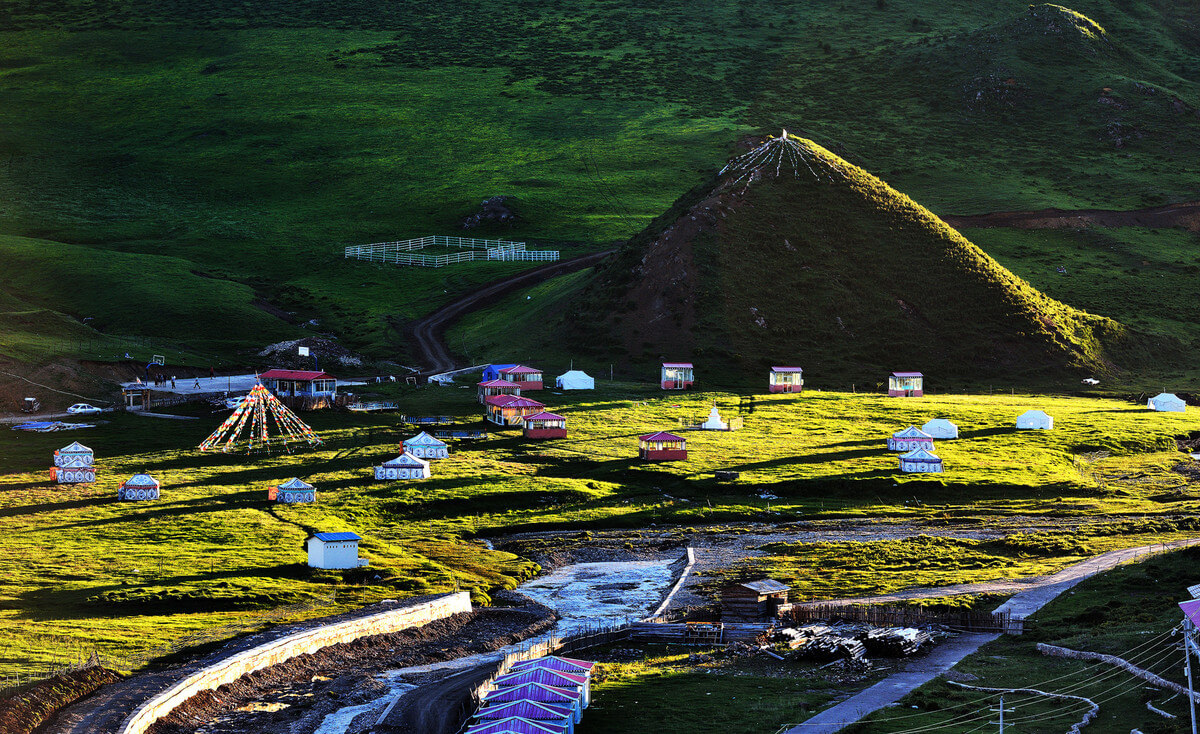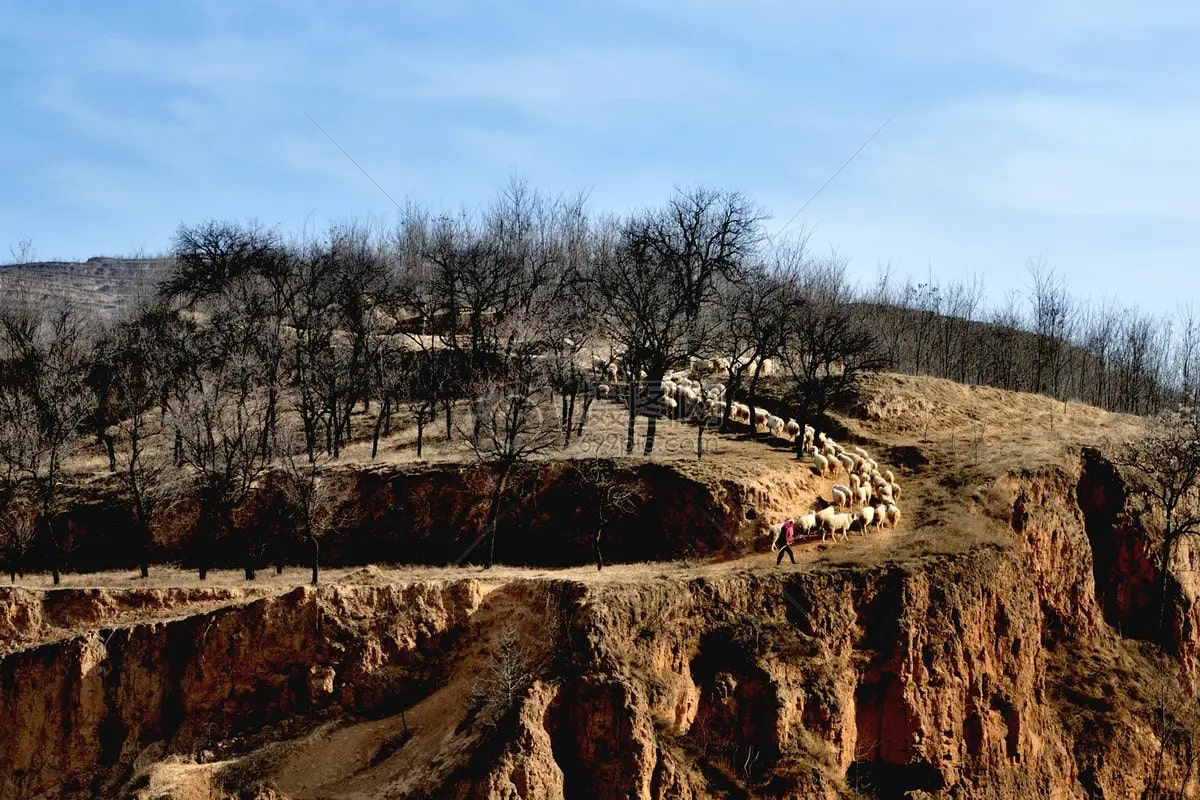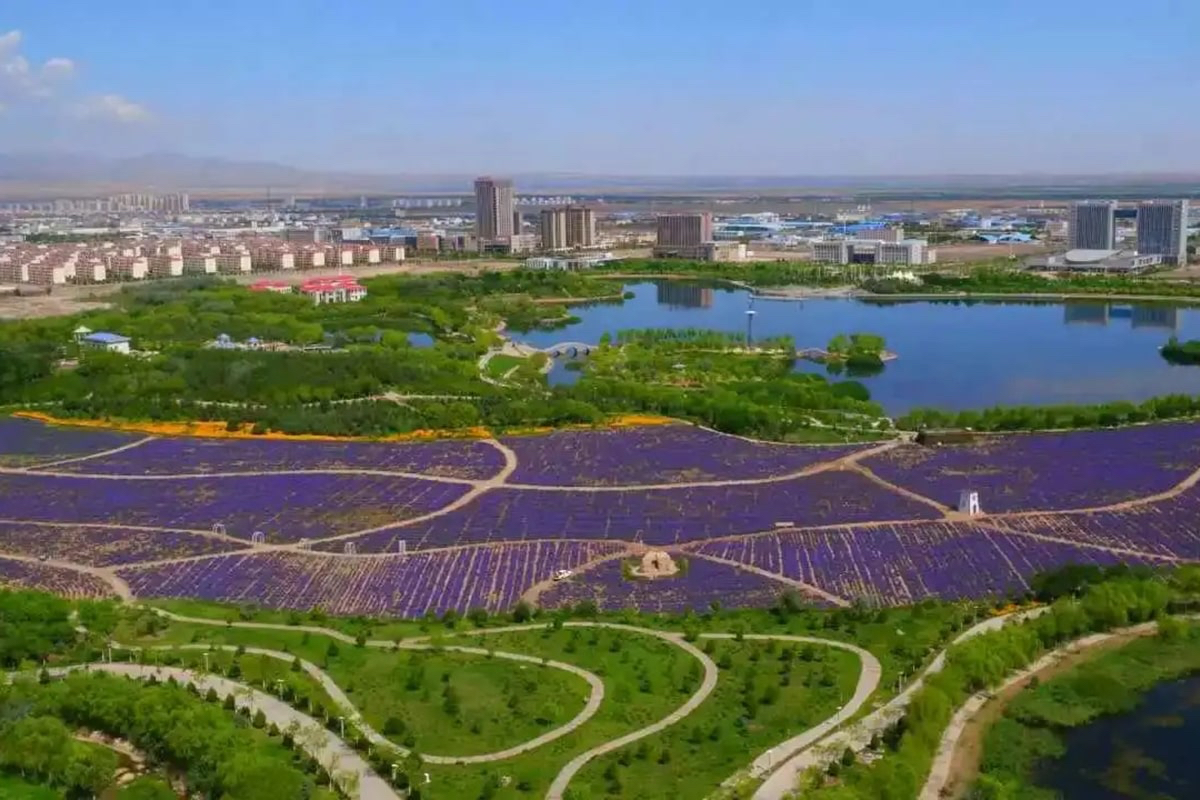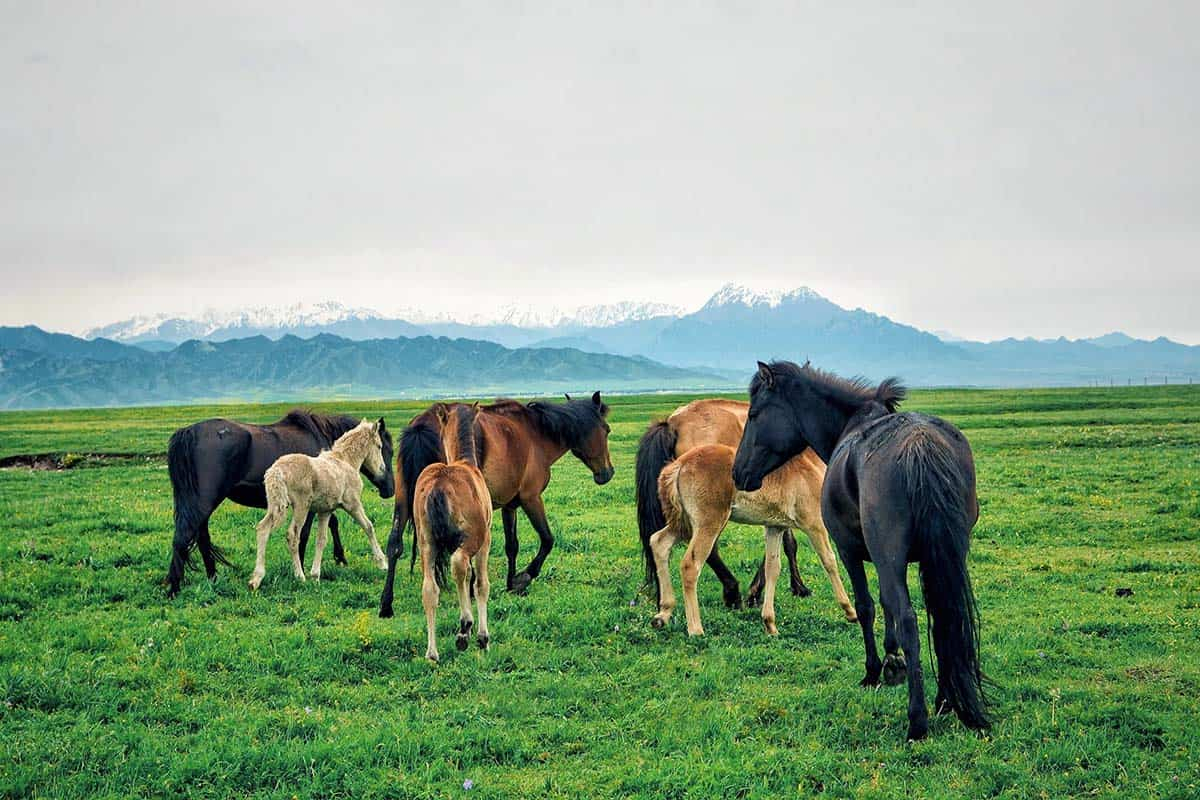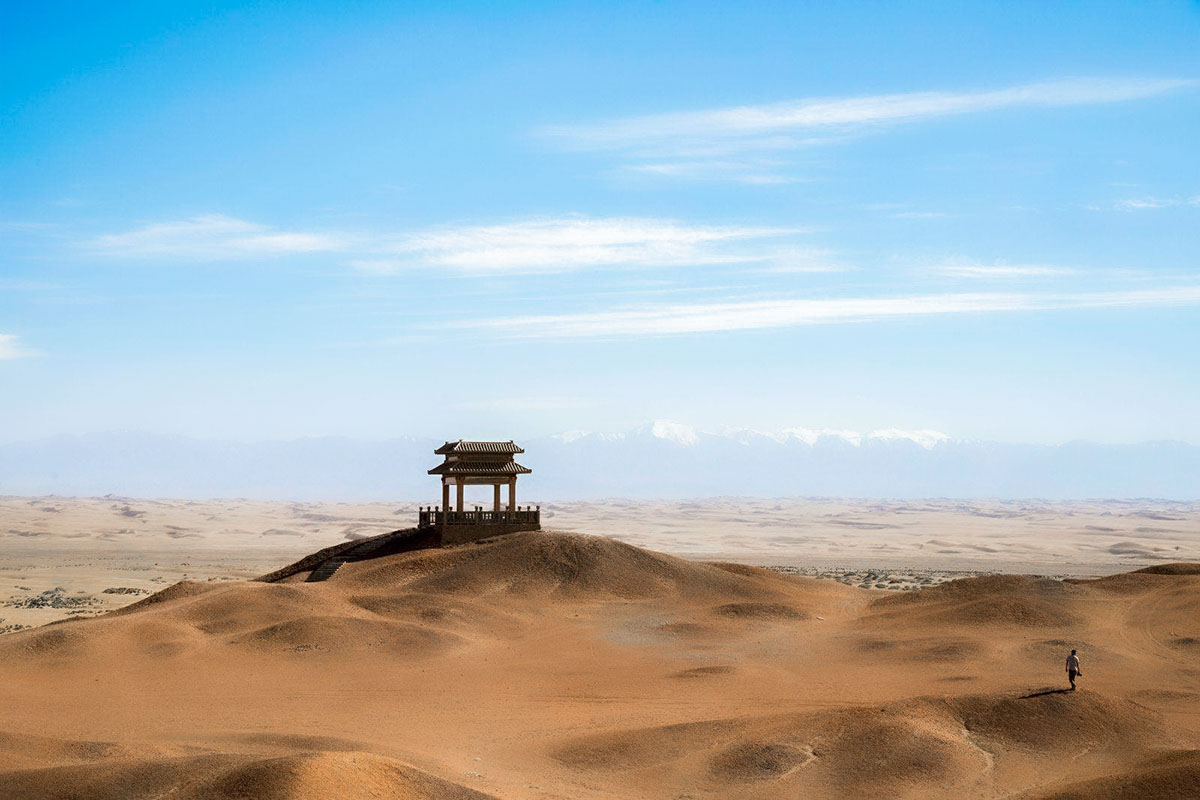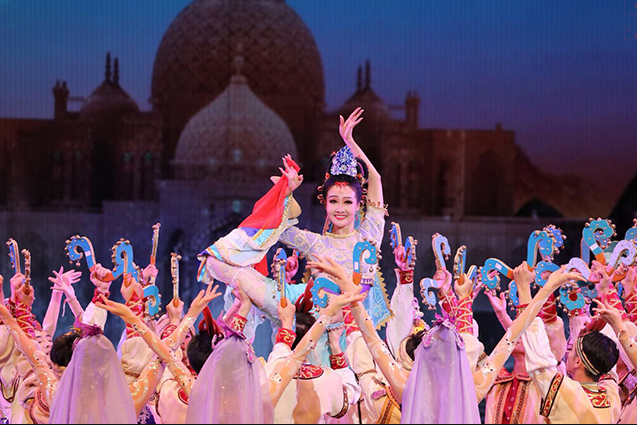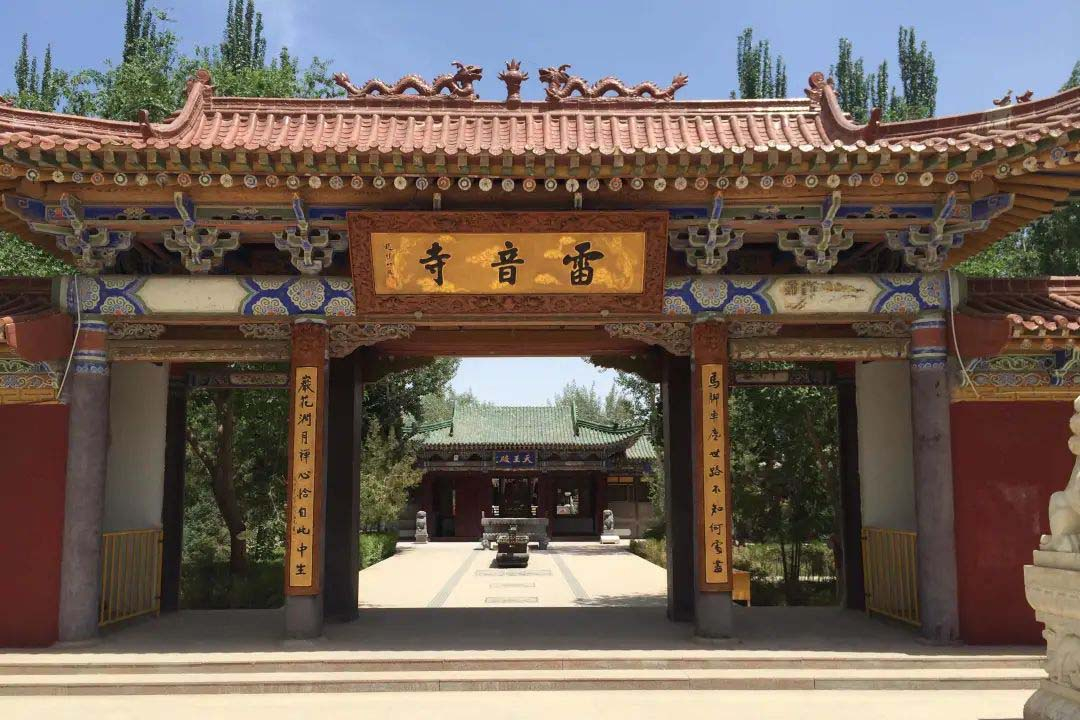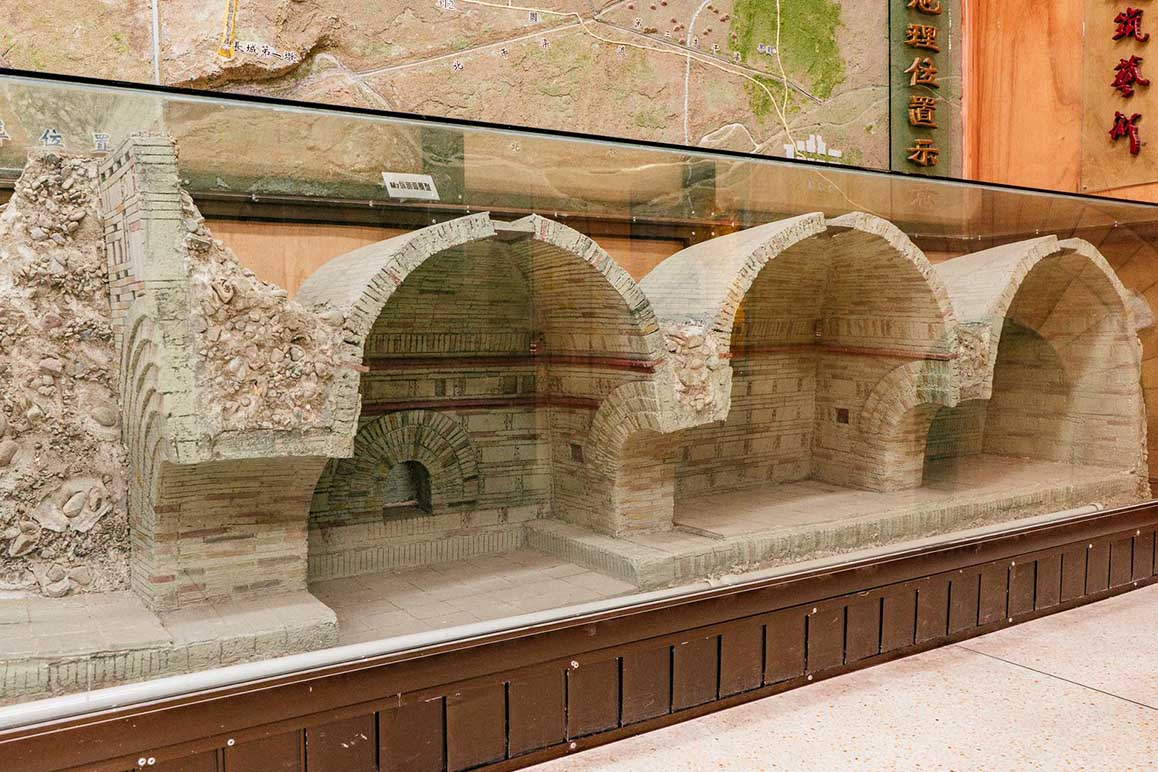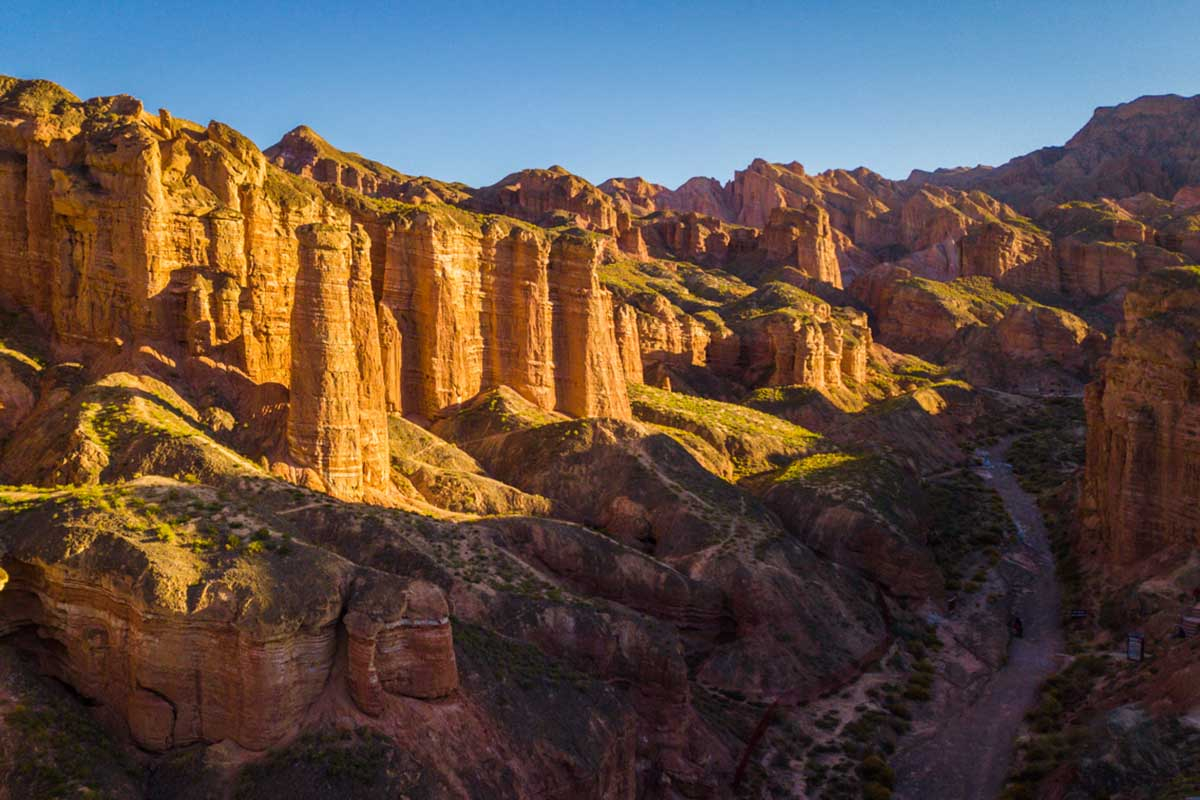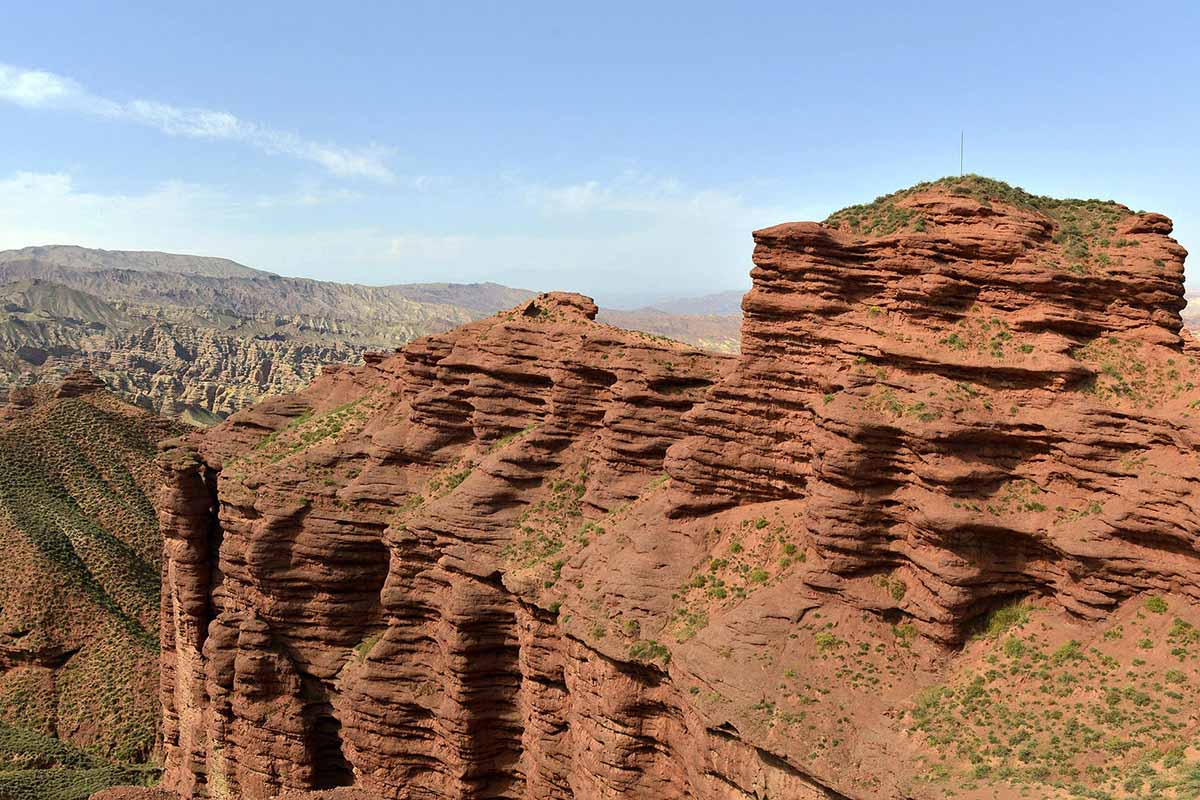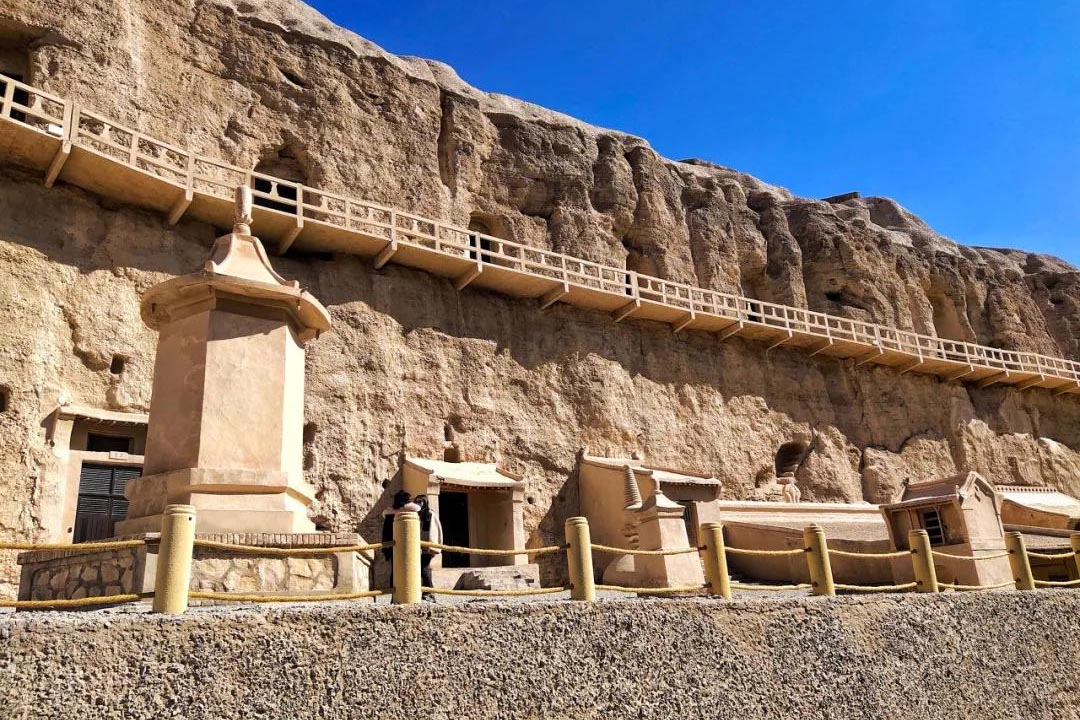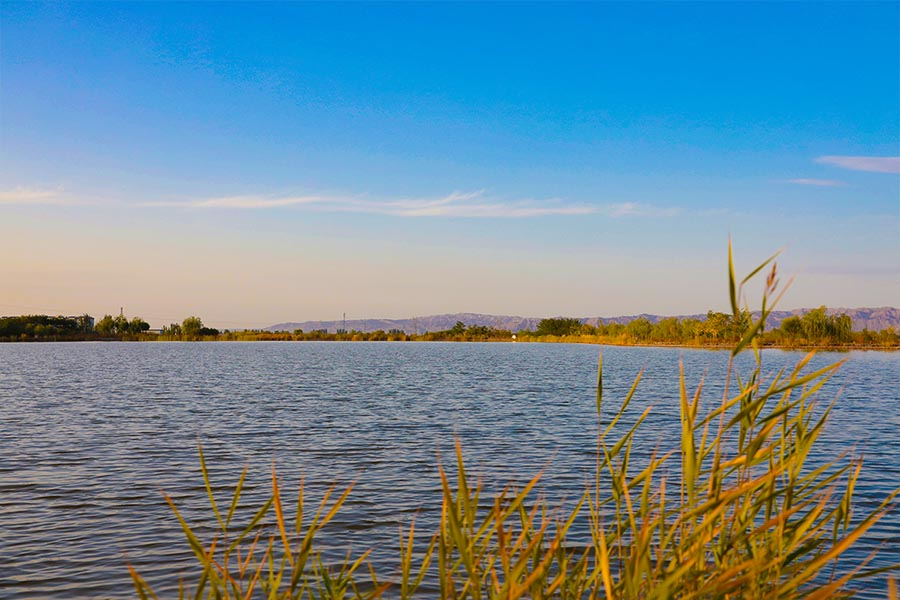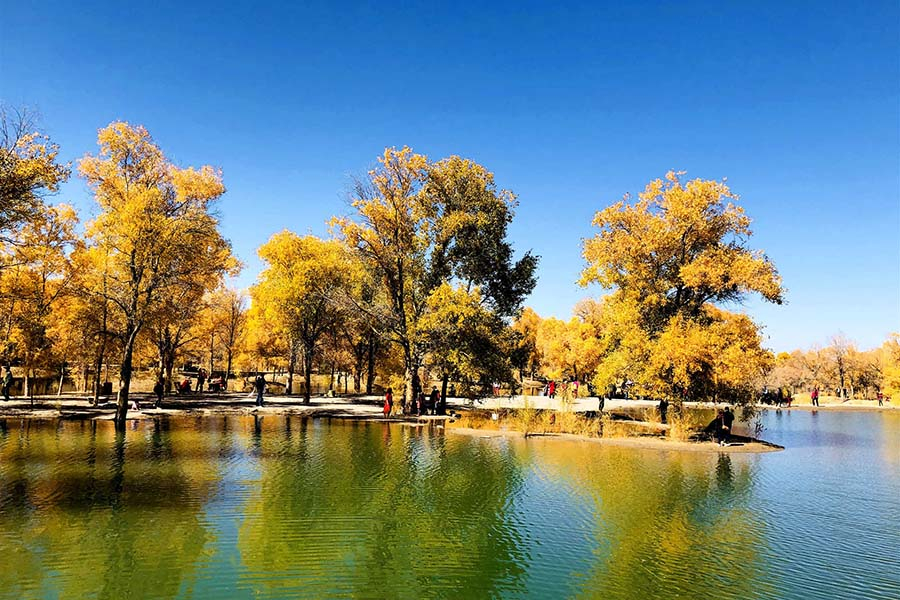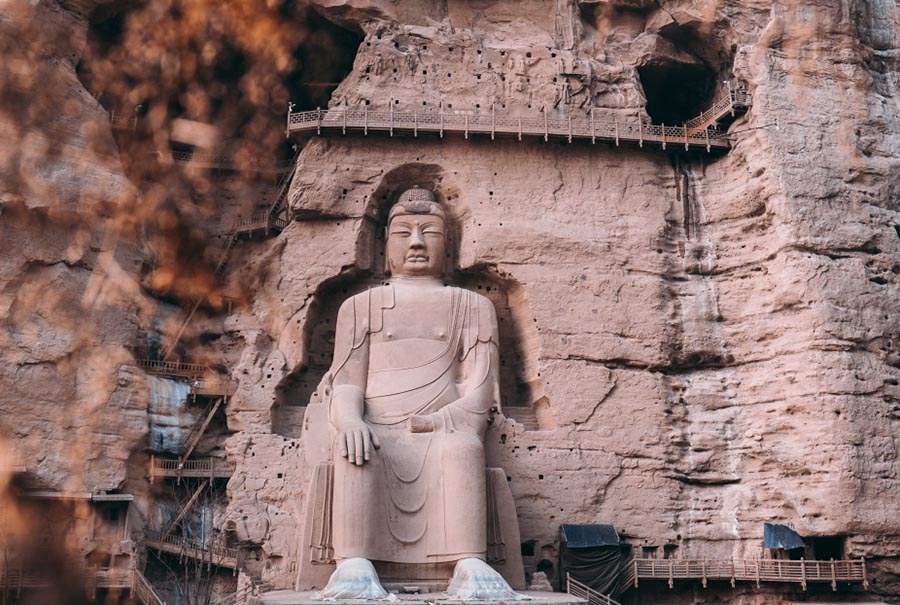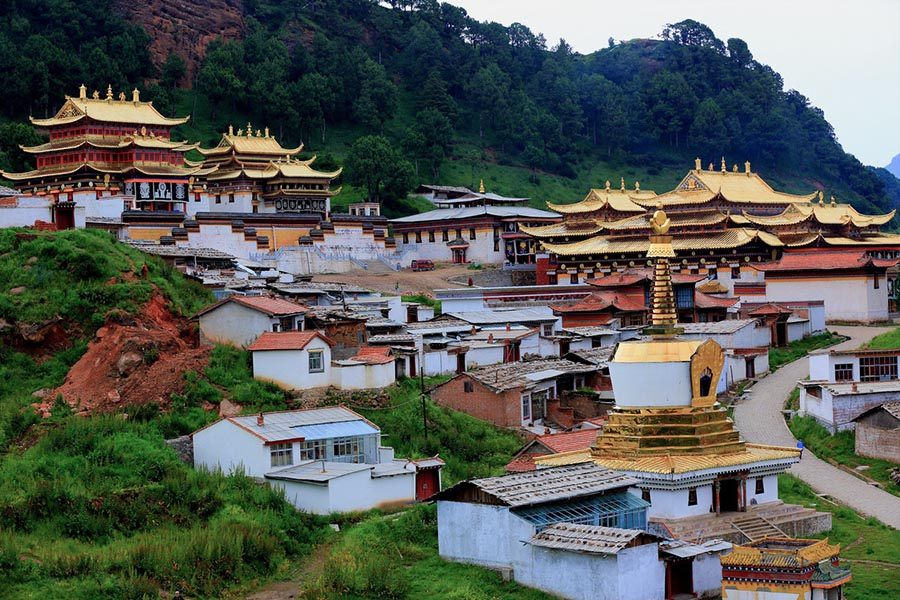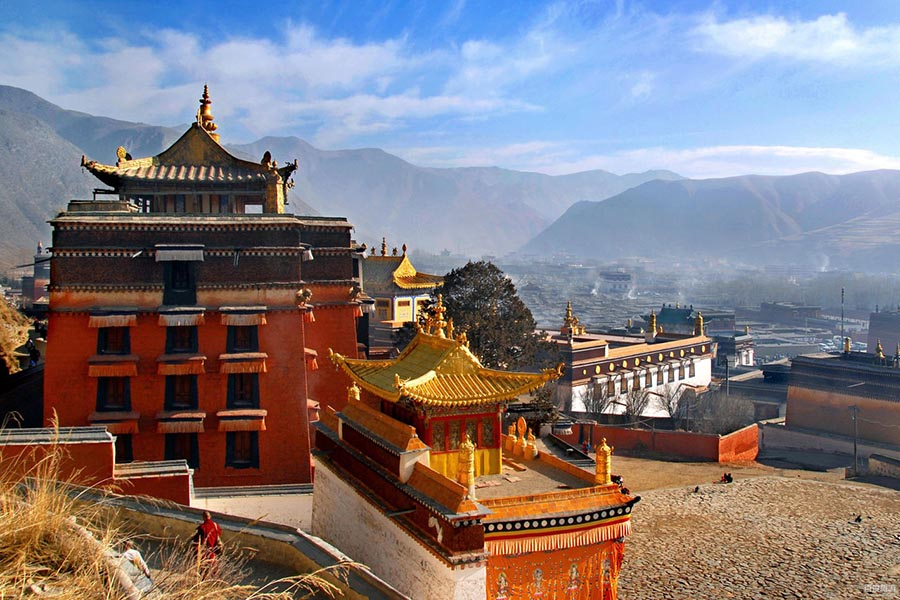Langmu Si Town
Chinese name: 郎木寺镇(Lang Mu Si Zhen)
Location: Luqu county, Gannan Prefecture, Gansu Province.
Ticket: Entrance ticket CNY60.00
Estimated tour time: Half day
Recommended time to visit: Jun to Aug
Nearby attractions: Labrang Monastery, Zhagana Village, Ruoergai Grassland, Sangke Grassland, Flower lake, etc.
LangMu Si town also called LangMu Temple Town is located on the border of Gansu,Qinghai and Sichuan three province.
In ancient time, this area was called “DacangLangmu”. “Dacang” in Tibetan means “tiger cave” and “Langmu” means “fairy”. With time goes by, people call it for short as “ LangMu Temple” which means Temples in Langmu area. People must be wondering how the cave of an animal and fairy are tied together. In fact, regarding the name there are many stories; the popular one goes that a beautiful girl who is kind and brave turned into a rock in a cave with the company of a tiger in it so as to prevent the tiger from doing harm to people.
This story may more closely tell the fact that there is a stalactite exactly like a slim fairy in a tiger cave on the southeastern bank of Bailong River (or literally White Dragon River). It separates Langmu Temple into two parts, which face each other across the river, with one in Ruoergai County of Sichuan Province called Kirti Monastery and the other in Luqu County of Gansu Province called Saichi Temple.The tiger cave, fairy cave, Langmu Temple Grand Canyon and Buddha Relic of Flesh are all located on the side of LangMu temple in Sichuan province. The other is a gansu monastery, also called Saiji Temple, which leads to the celestial burial platform. The two temples watch out for each other across the stream. So LangMu Temple also be called as A Temple Divided Into Two Parts in Different Provinces.
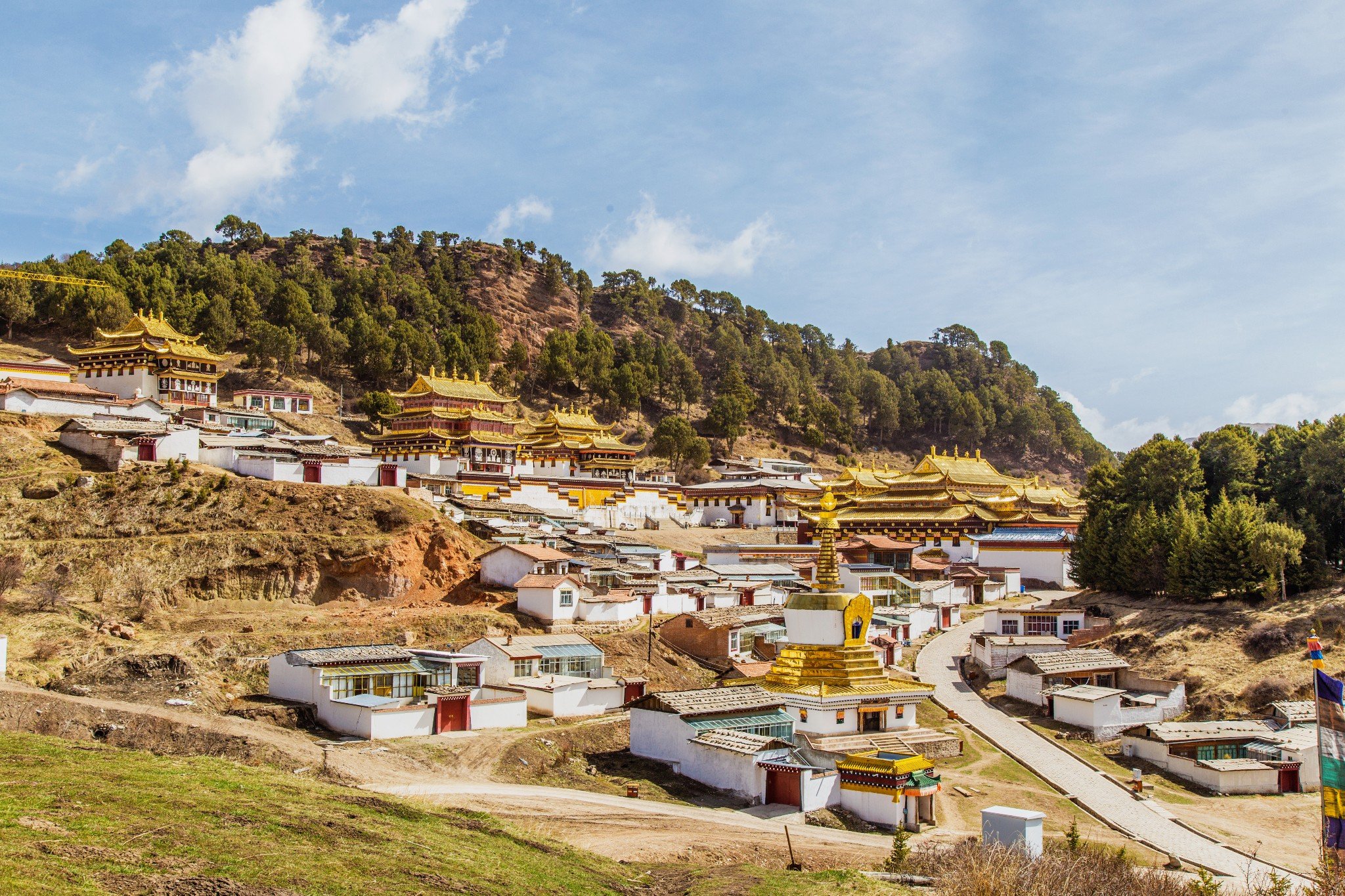
● Highlights of Langmusi Town
Saichi Temple
The part located in Gansu called Saichi Templ, which is one of the sub-monasteries of drepung monastery in Tibet. Saichi Temple was founded at 1748 and destroyed at 1969. Countless invaluable treasures damaged or lost at that time. With the support of Buddhists and help of government, the construction of Saichi Temple is progressing well.
Kirti Temple
Constructed in 1748, Langmu Temple of Sichuan Part which also called Kirti Temple belongs to Tibetan Buddhism. After years of extension and development, the temple today is composed of 10 affiliated temples and two ashrams. One of the main pagodas of the temple lays the human body of the fifth Living Buddha, which is the best preserved one with longest time, though after more than two hundred years the skin of the Living Buddha is still elastic.
Langmu Si Grand Canyon
Langmu town is also a paradise for hiking. The grand canyon behind Kirti temple in sichuan is 30km long, and the highest mountain in the valley is Huagai mountain (4200m above sea level).From the top of the hill, the two monasteries of Langmu Si Town, surrounded by rolling mountains, are seen in the distance by the open and flat grassland. The red stone cliff at the entrance of the town is the best place to see the sunrise and sunset.
Celestial BurialPlatform
Celestial burial platform LangMu temple is located in the northwest of the Kirti Temple more than 300 meters, one of the largest celestial burial platform is more areas, has 400 years of history, it is like a book gobbledygook, let all the visitors heartache to read the top of the mountain there are various, pastels, and swarms of vultures circling, they are Tibetan people in the heart of god incarnate the lark singing site, not the sort of grim and terror, death means not just end here, also means a new beginning, a subtle rebirth and detachment, is the last return of Tibetan religious believers, they use a celestial burial presents a specific human return to nature of this lawThe unique Tibetan funeral culture here has attracted thousands of tourists in recent years.
The Sunning of the Buddha Festival and Living Buddhas’ Teaching
The Sunning of the Buddha Festival and Living Buddhas’ Teaching are main Buddhist ceremonies in large-scale held at Langmu Temple. Buddhist Thangka is kind of embroidery generally about ten meters wide and twenty meters long. It will be aired in the sun on the Sunning of the Buddha Festival held around the 15th day of the first month by lunar calendar. When the Thangkas are slowly opened, devout Tibetan Buddhists prostrate on the ground to worship . No matter what time the Living Buddhas’ Teaching held, on the day of teaching, Buddhists will listen carefully and reverently hope to get a reed, with which under pillow being believed to tell them some information about reincarnation.
- HOTEST
- RECOMMEND
